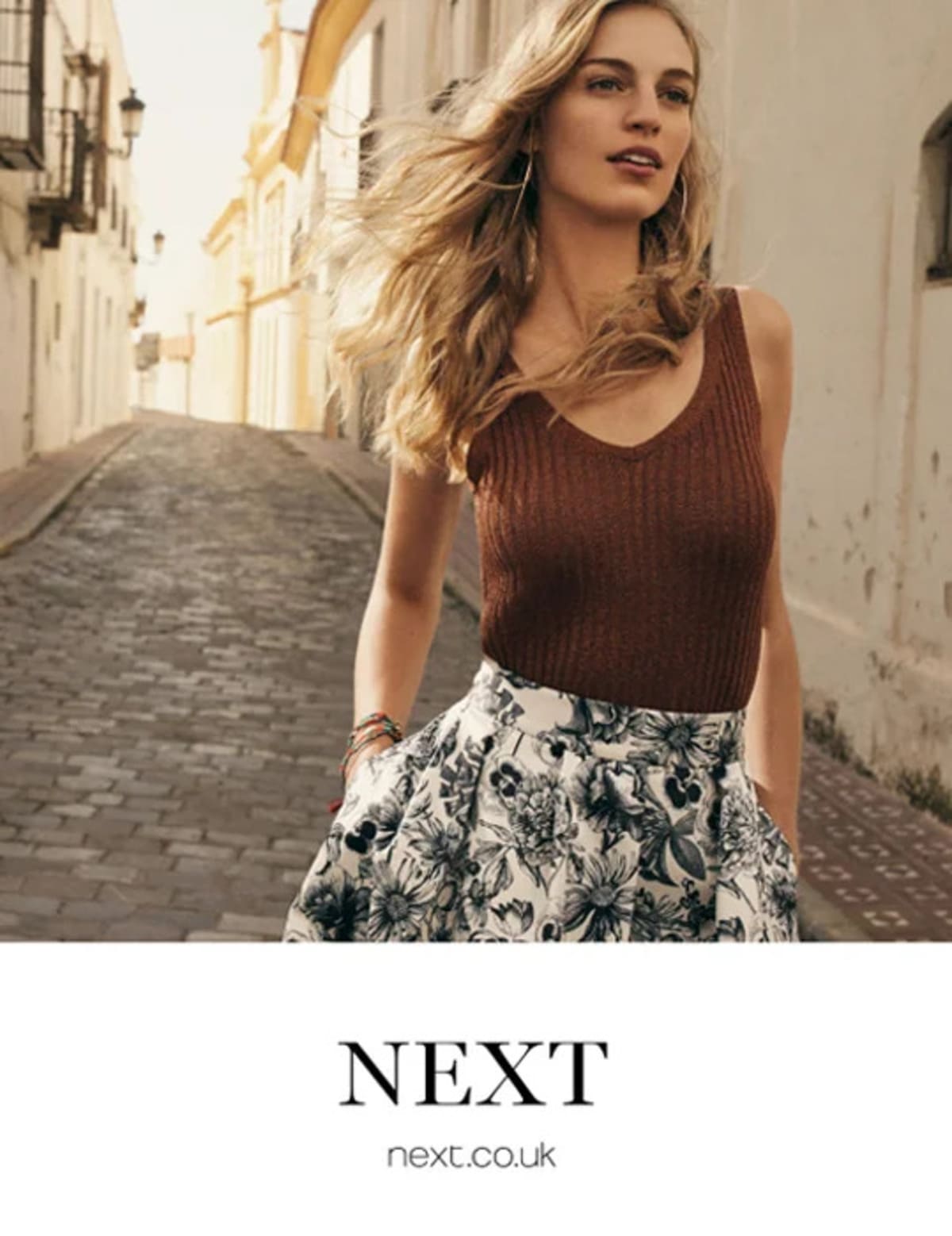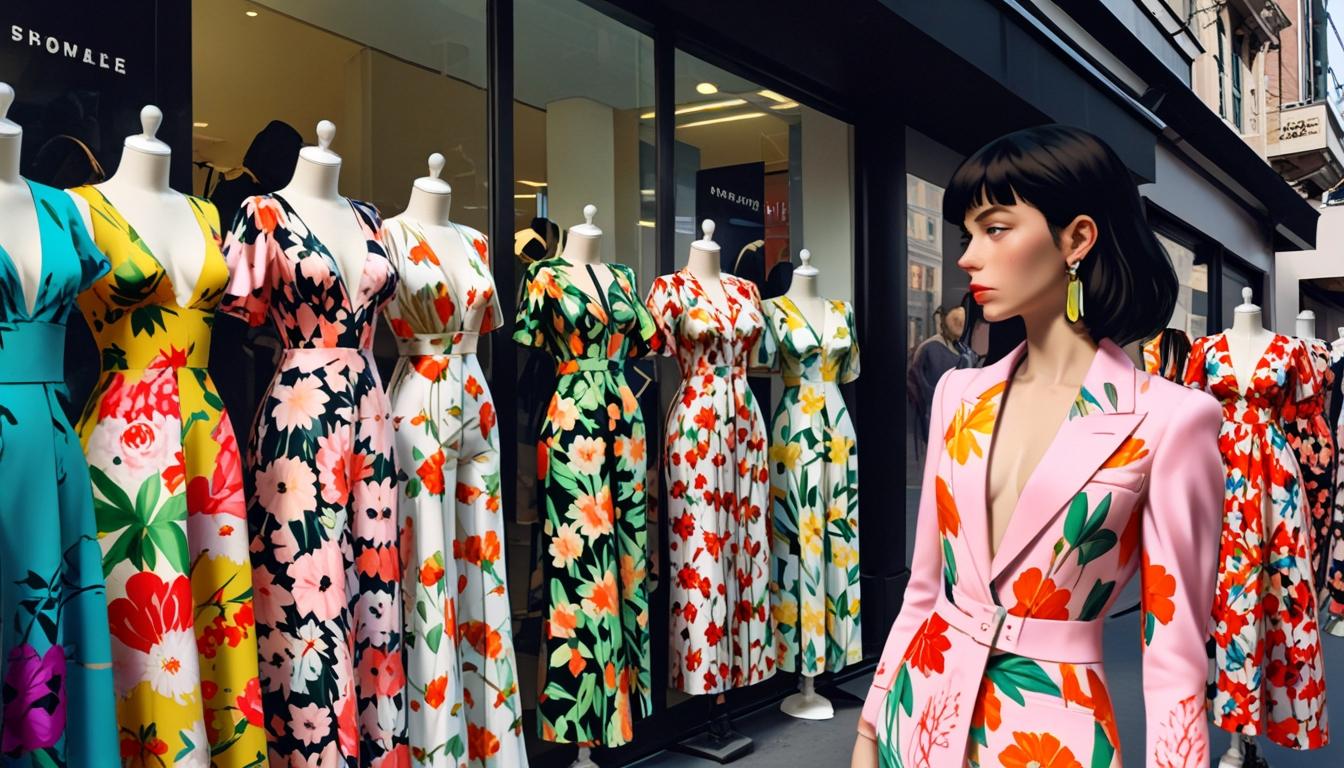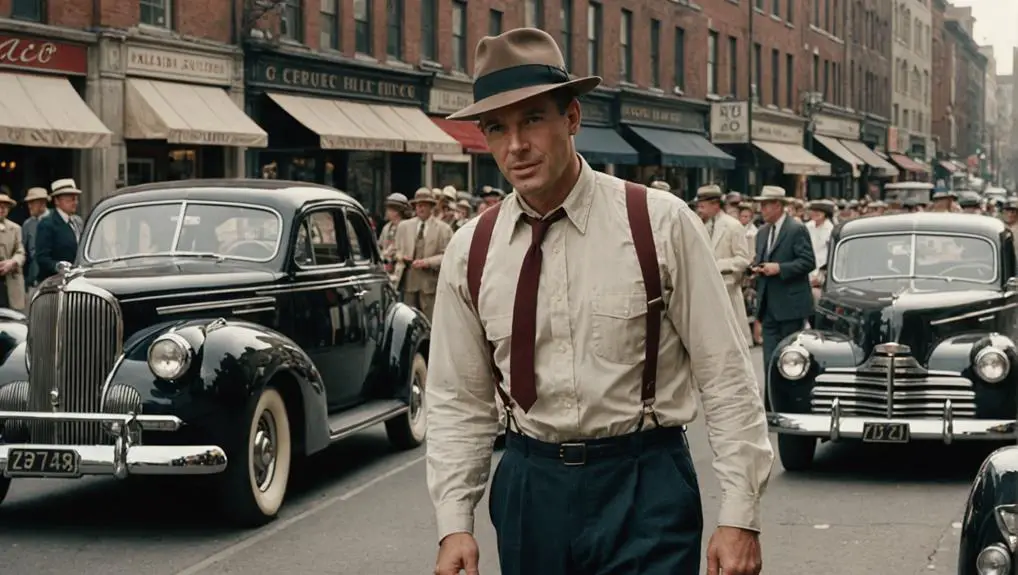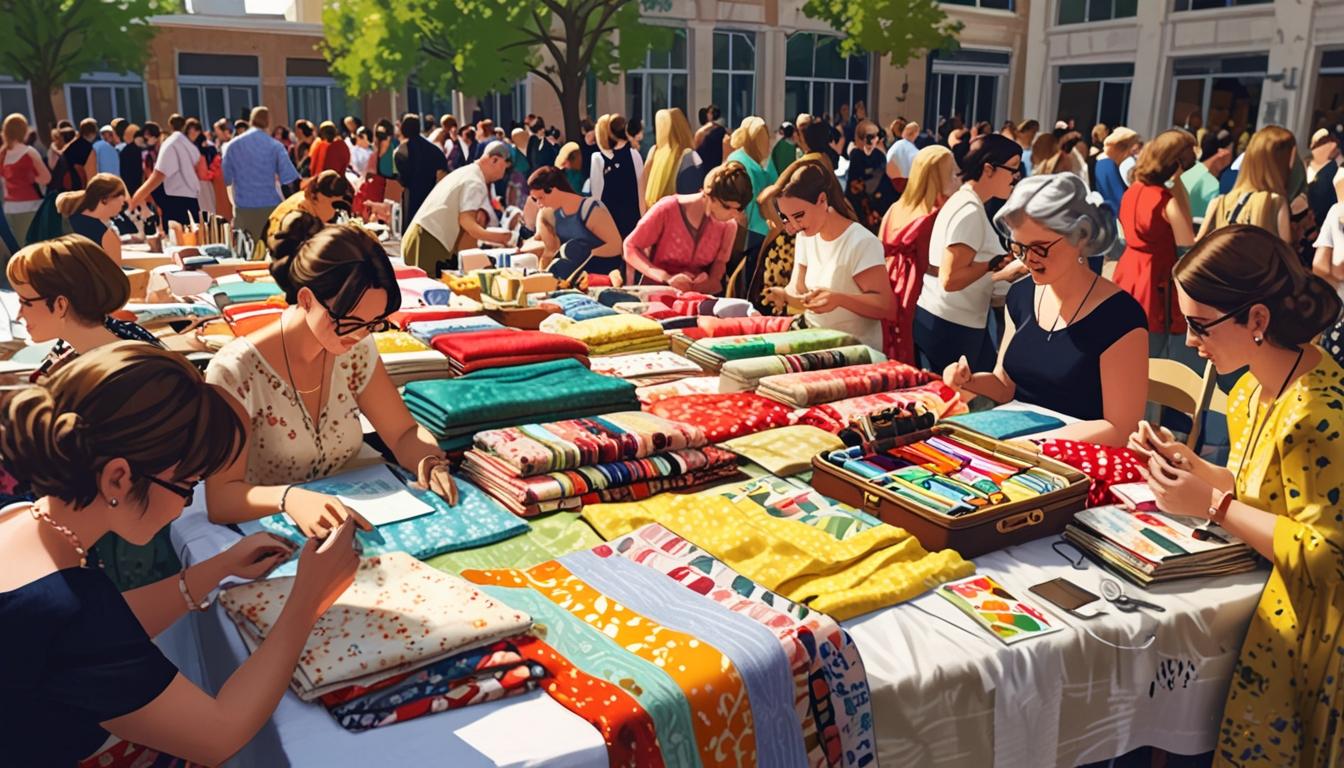Next is a prominent British multinational clothing, footwear, and home products retailer. Established in Enderby, England, Next has grown into a retail powerhouse with around 700 stores, approximately 500 of which are located in the United Kingdom, and around 200 spread across Europe, Asia, and the Middle East. As the largest clothing retailer by sales in the UK, Next has successfully overtaken traditional retail giants like Marks & Spencer, solidifying its position in the high-street fashion landscape. Listed on the London Stock Exchange and a constituent of the FTSE 100 Index, Next’s journey from its humble beginnings to its current stature is a testament to its enduring appeal and strategic growth.
The origins of Next can be traced back to 1864 when Joseph Hepworth founded the company in Leeds under the name Joseph Hepworth & Son. Initially partnering with James Rhodes, Hepworth quickly expanded the business after the partnership dissolved in 1872. By the 1880s, Hepworth was a pioneering force in the development of chain stores in Britain, boasting 100 outlets by 1884. Predominantly known for its ready-to-wear suits, Hepworth continued to innovate and adapt to changing market demands. In 1963, the company enlisted the expertise of renowned Savile Row designer Hardy Amies to revitalize its suit collection, marking a significant milestone in its evolution.
The transformation of Hepworth into Next began in 1981 when the company acquired Kendall & Sons, a womenswear retailer. Under the visionary leadership of designer Terence Conran and later George Davies, the first Next stores were launched in 1982. Davies’ innovative approach led to the rapid conversion of Kendall’s stores into the Next format, creating a new chain that seamlessly integrated womenswear, menswear, and eventually home interiors. By 1986, Next had relocated its headquarters to Leicester, closer to key garment manufacturers, and rebranded as Next plc. This period of dynamic growth and diversification laid the foundation for Next’s enduring success and its status as a staple of British high-street fashion.
Y2K Next ‘Timing’ TV Commercial
How to tell if Next is vintage from the logo
Next has undergone significant transformations in its branding over the years. From its early days to its current standing as a high-street fashion staple, the evolution of the Next logo provides a clear indicator of the era a particular item is from. Identifying vintage Next clothing can be achieved by closely examining the distinct characteristics of the logos used during different periods.
1990s to 2010s Next logo
- The logo from this era features the word “NEXT” in all capital letters.
- The font is bold and blocky, with clean, straight lines.
- The design is simple and straightforward, reflecting the minimalist fashion trends of the 1990s.
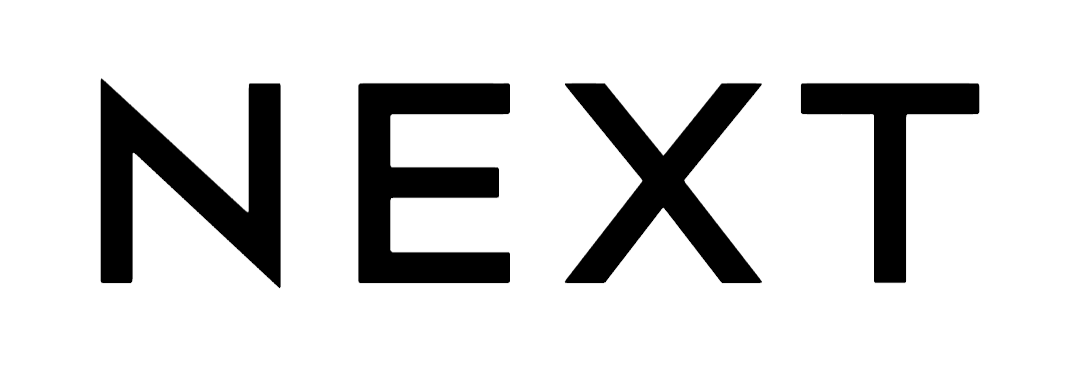
1990s to 2010s Next logo
2010s to now Next logo
- The current logo uses a lowercase “next” in a more modern, sleek font.
- The font style is thinner and more rounded compared to the previous era.
- This logo reflects a shift towards a more contemporary and approachable brand image.

2010s to now Next logo
How to tell if Next is vintage from the tags
Next, a prominent UK-based fashion retailer, has seen its branding and tag designs evolve significantly over the decades. Identifying the era of a Next garment can be achieved by closely examining the tag details. This guide outlines key features of Next tags from the 1980s, 1990s, 2000s, and 2010s to help determine their vintage status.
Can’t figure out your vintage tags or labels? Upload a picture on our vintage tag identification page, and we’ll assist you!
1980s vintage Next tags
- Tags often featured simple, serif font with the word “NEXT” prominently displayed.
- Some tags included additional descriptors such as “Ladieswear.”
- Materials varied but often used sturdy fabrics reflecting the era’s design trends.
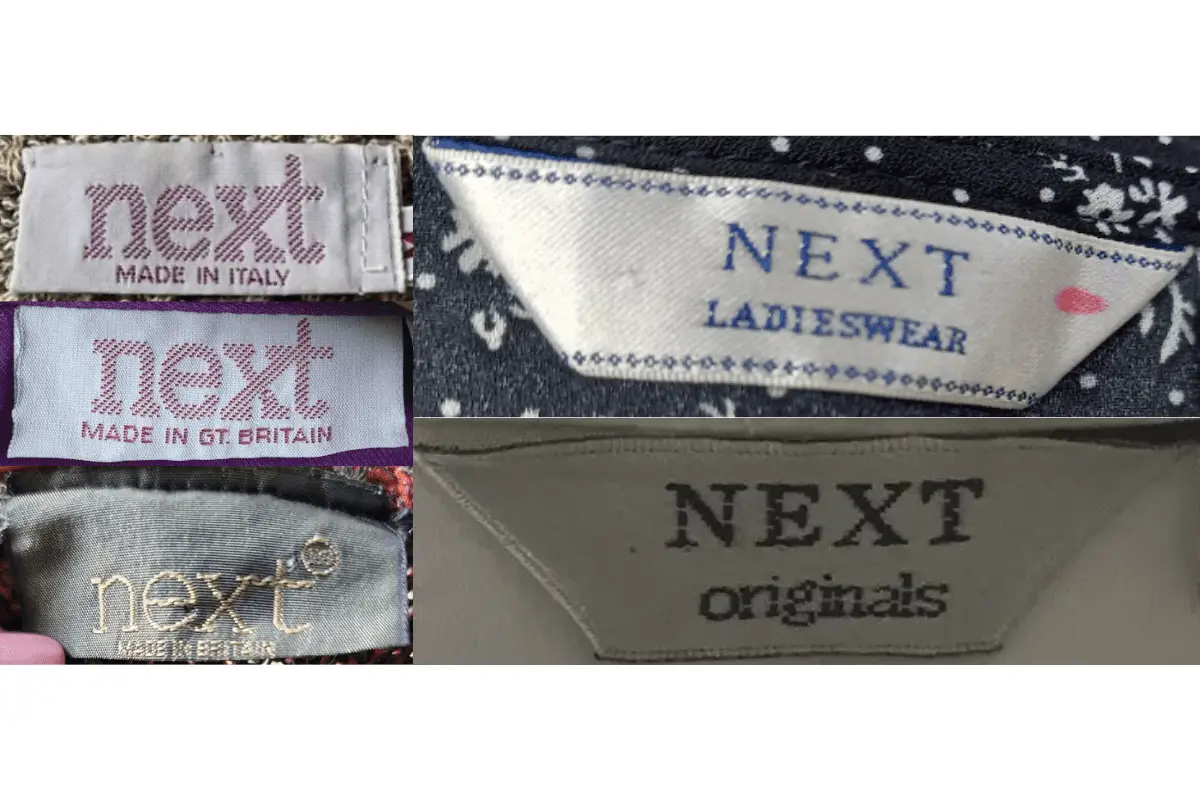
1980s Next tags
1990s vintage Next tags
- Tags from this era maintained a minimalist approach with “NEXT” in a clean, bold font.
- Introduction of more detailed labels, including size indicators and sometimes additional branding elements.
- Materials used for tags started to diversify, incorporating both fabric and synthetic options.
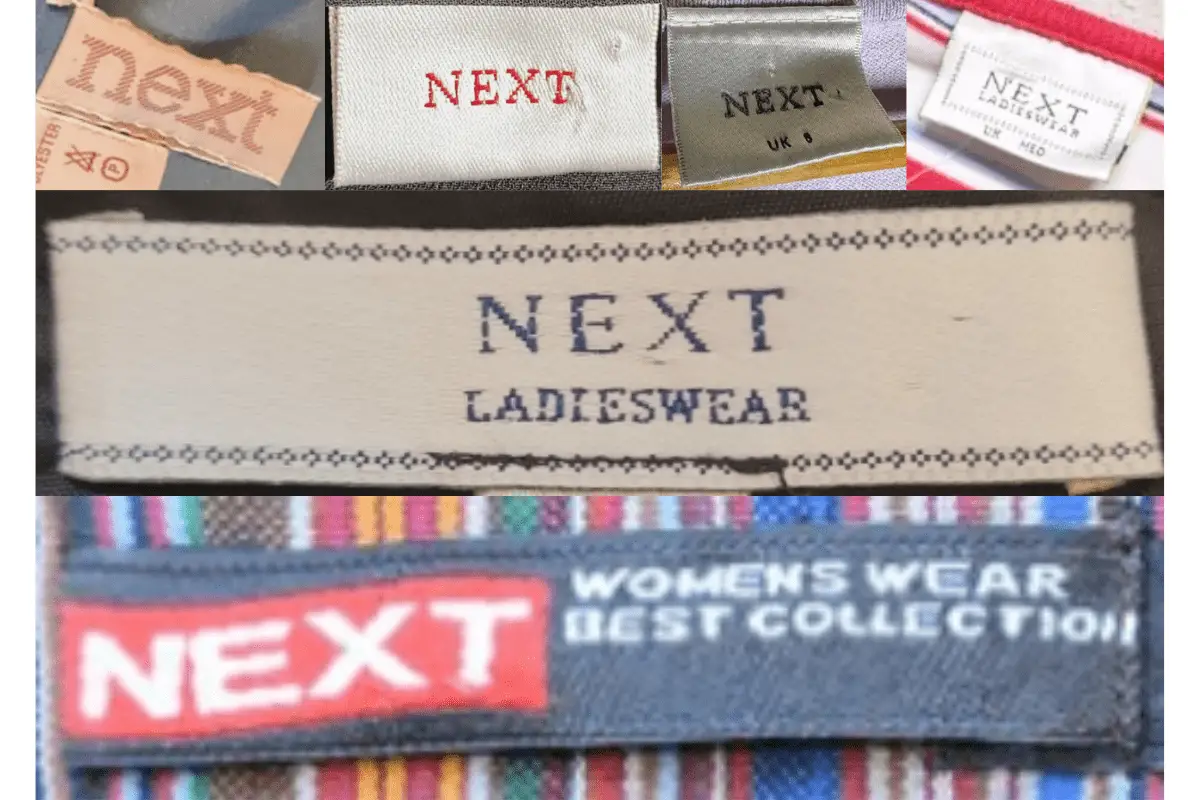
1990s Next tags
2000s vintage Next tags
- Modernized look with sleeker fonts and sometimes darker colors.
- Introduction of loop tags and more varied tag materials and textures.
- Emphasis on size and fit information, often displayed prominently.
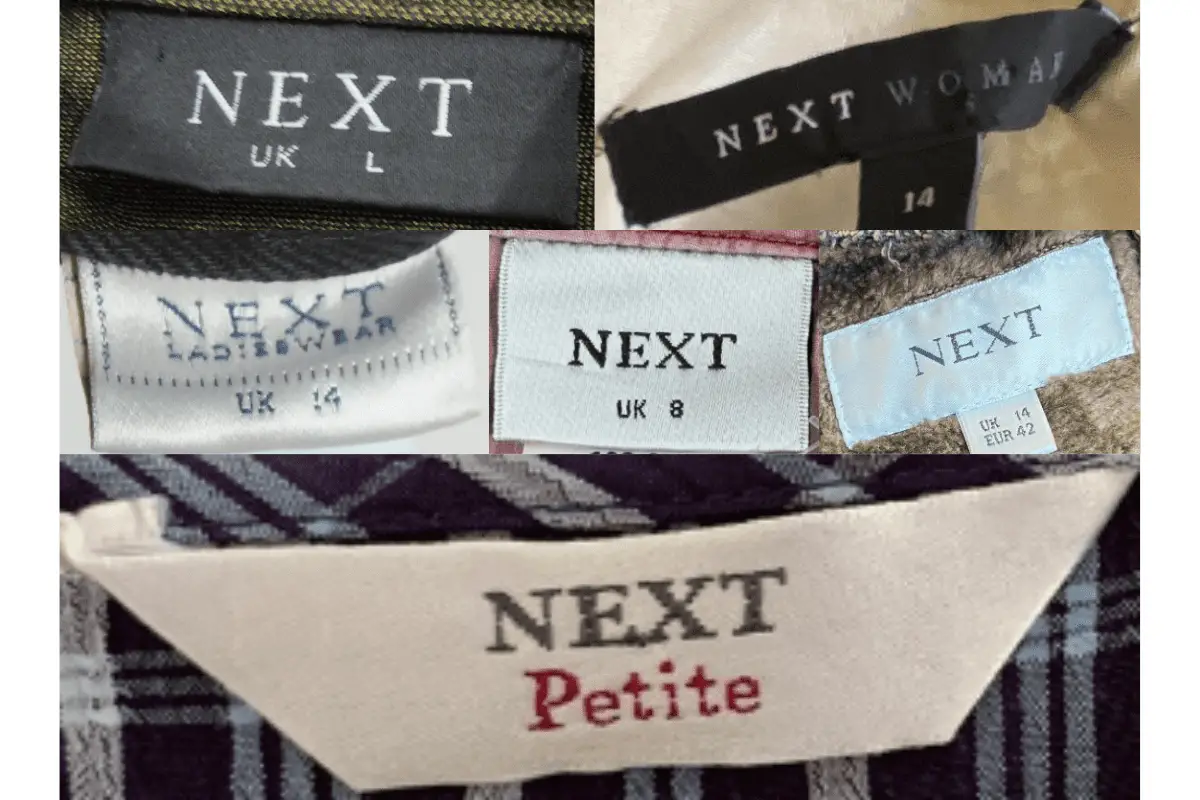
2000s Next tags
2010s vintage Next tags
- Further modernization with a variety of layouts and color schemes.
- Tags began to feature more branding elements, including specific lines like “Women’s Wear Best Collection.”
- Materials and tag styles varied widely, reflecting contemporary design trends.
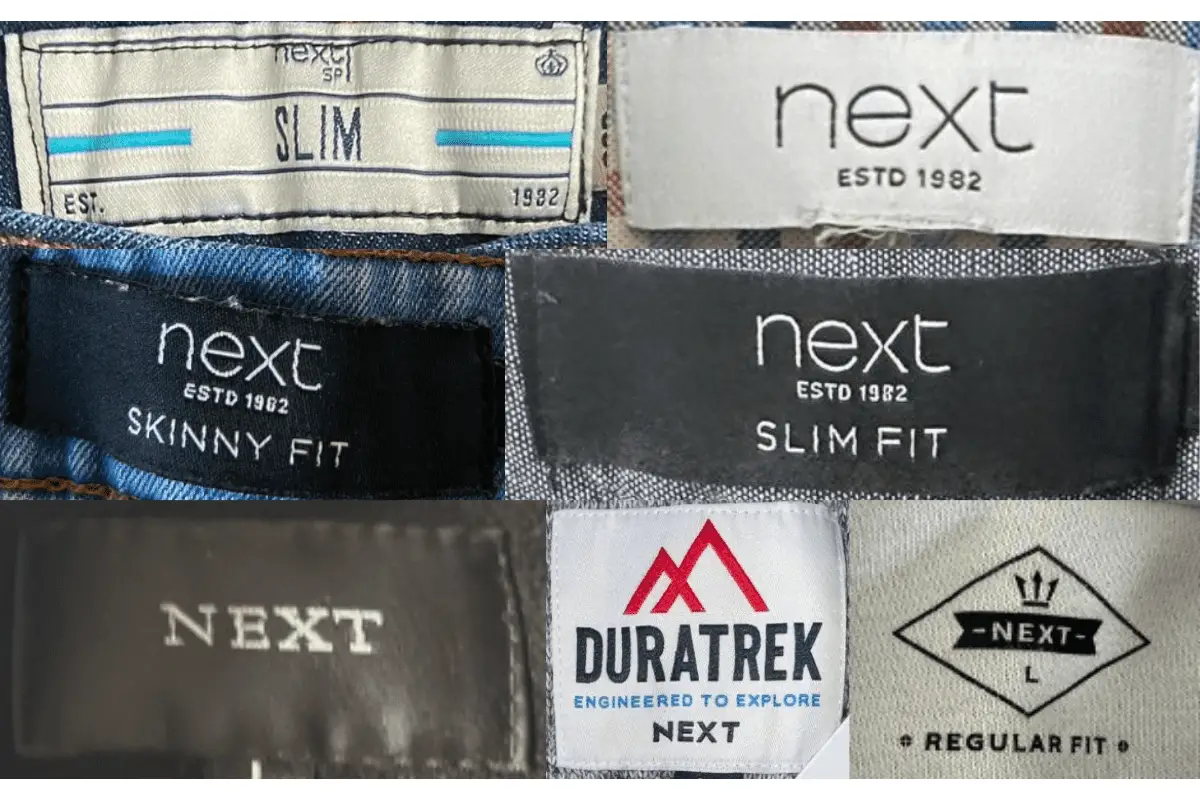
2010s Next tags
